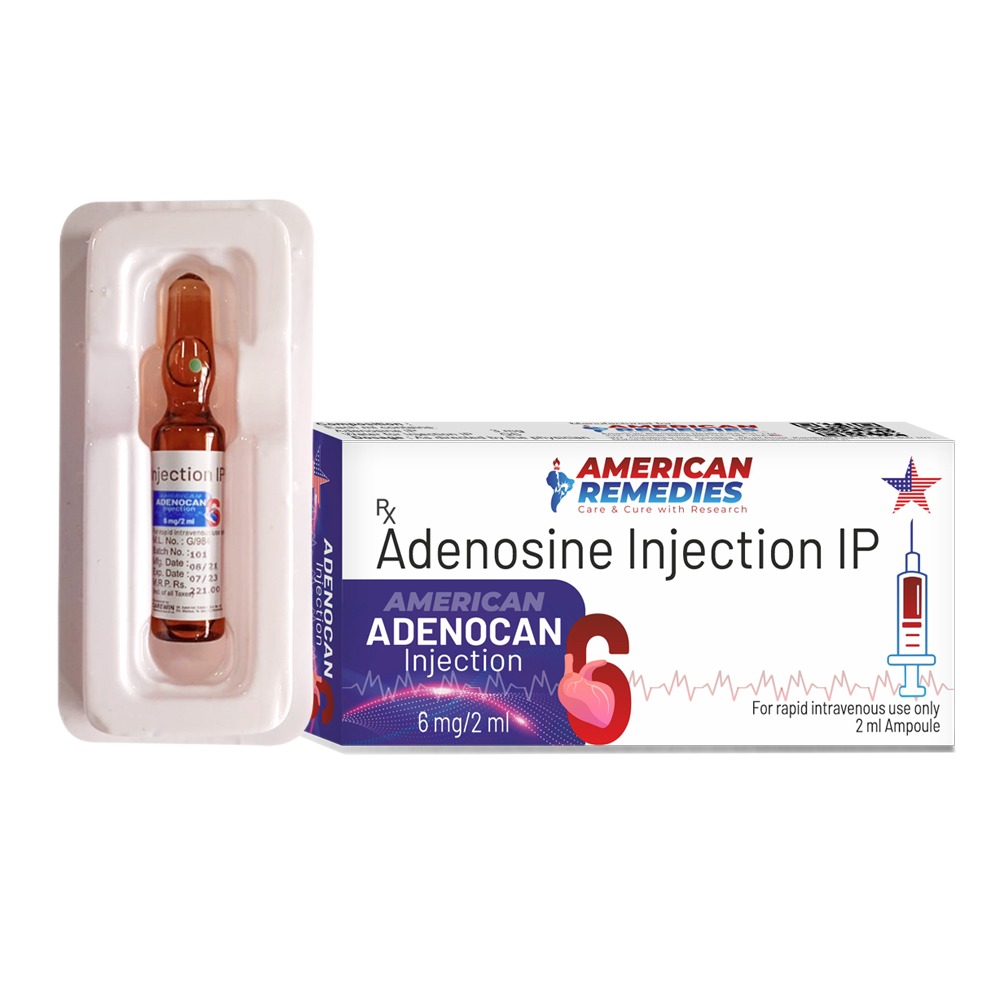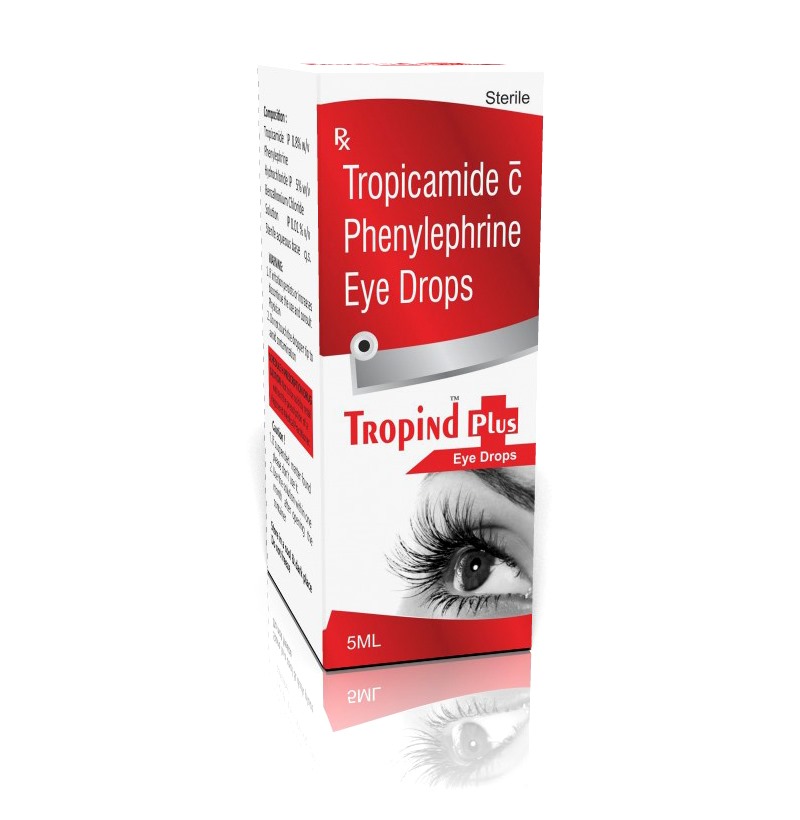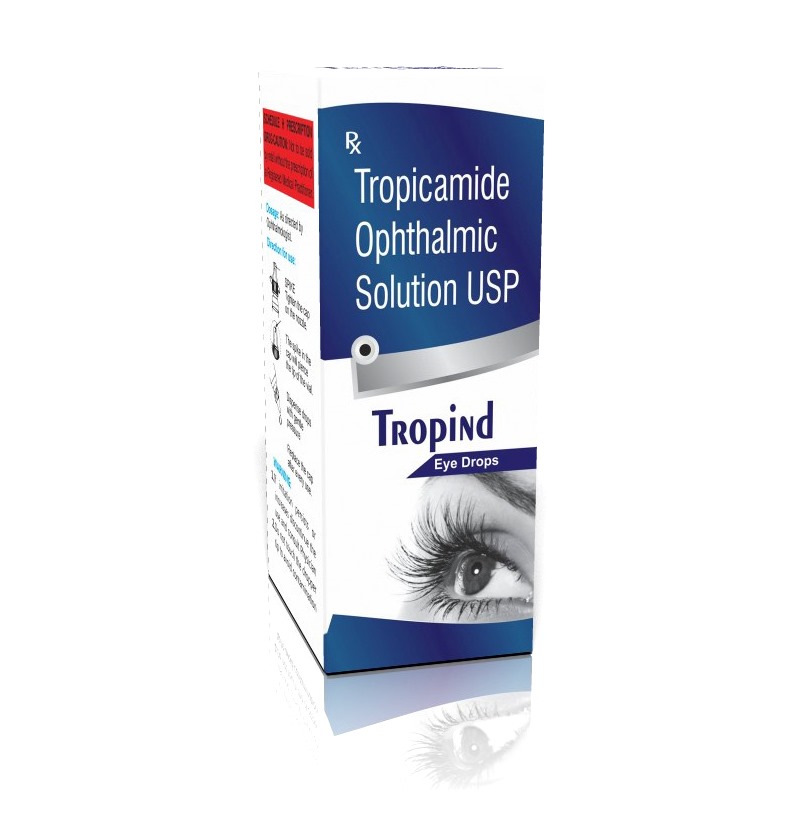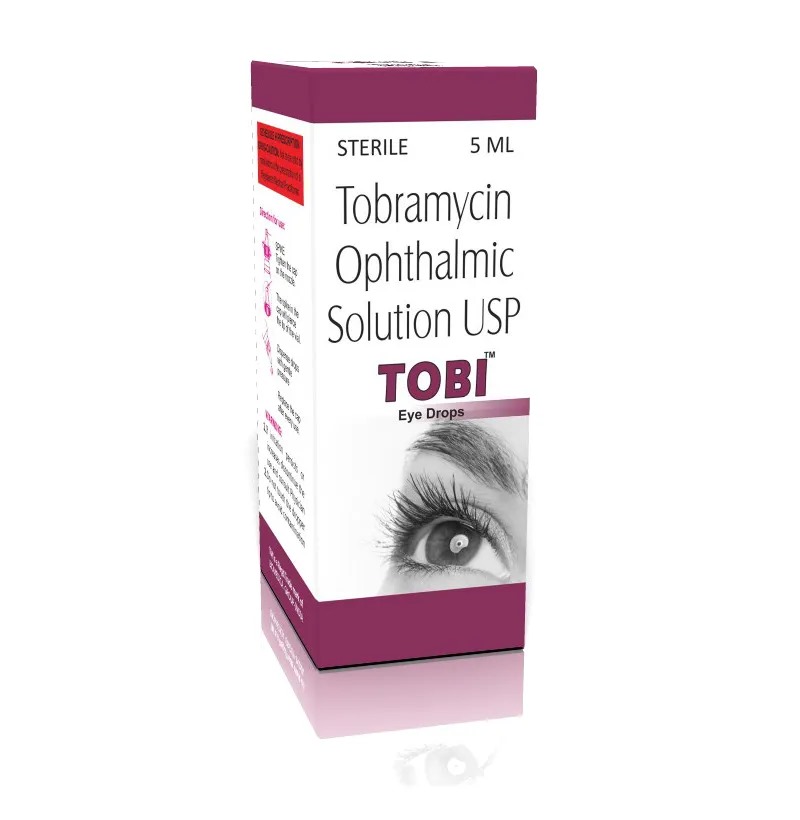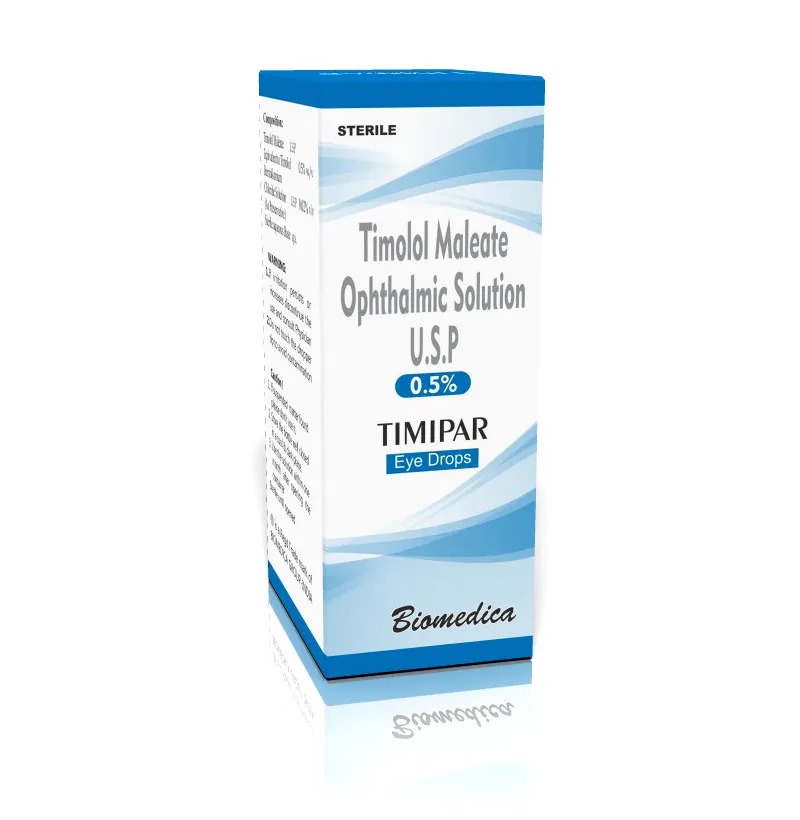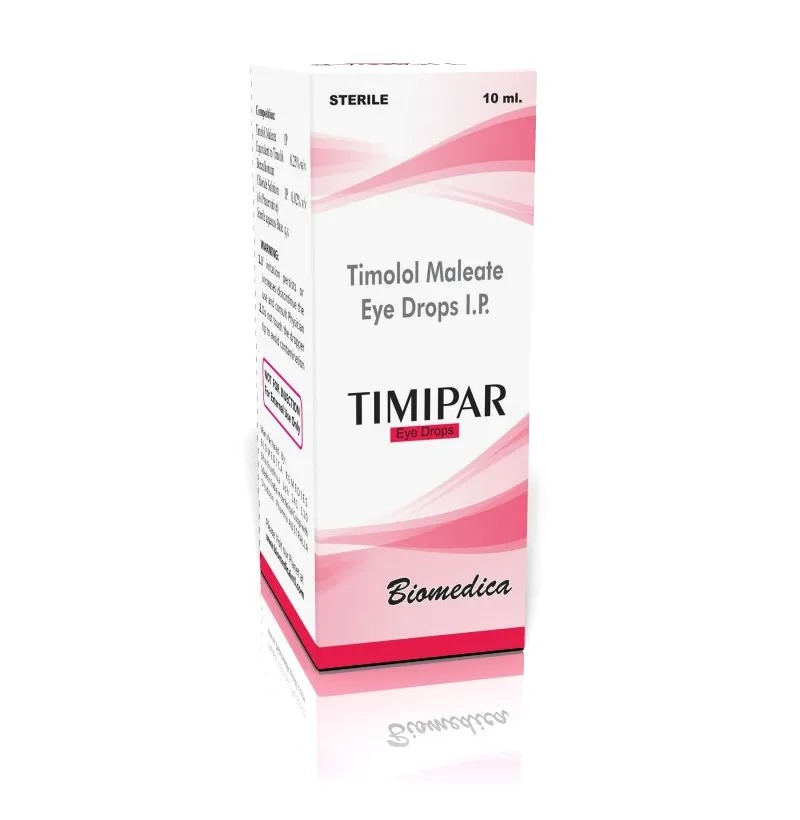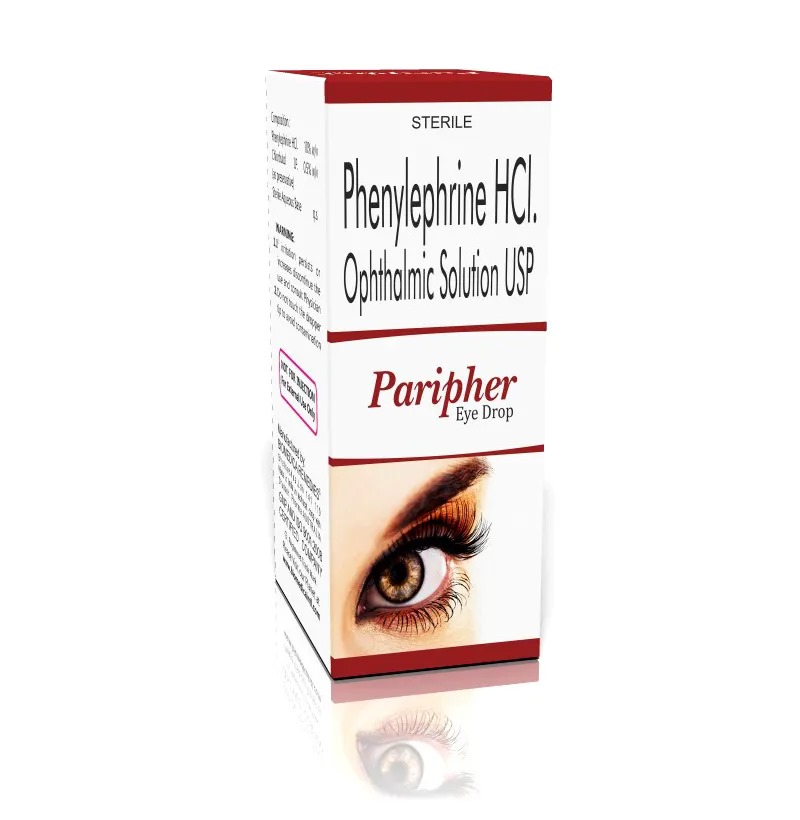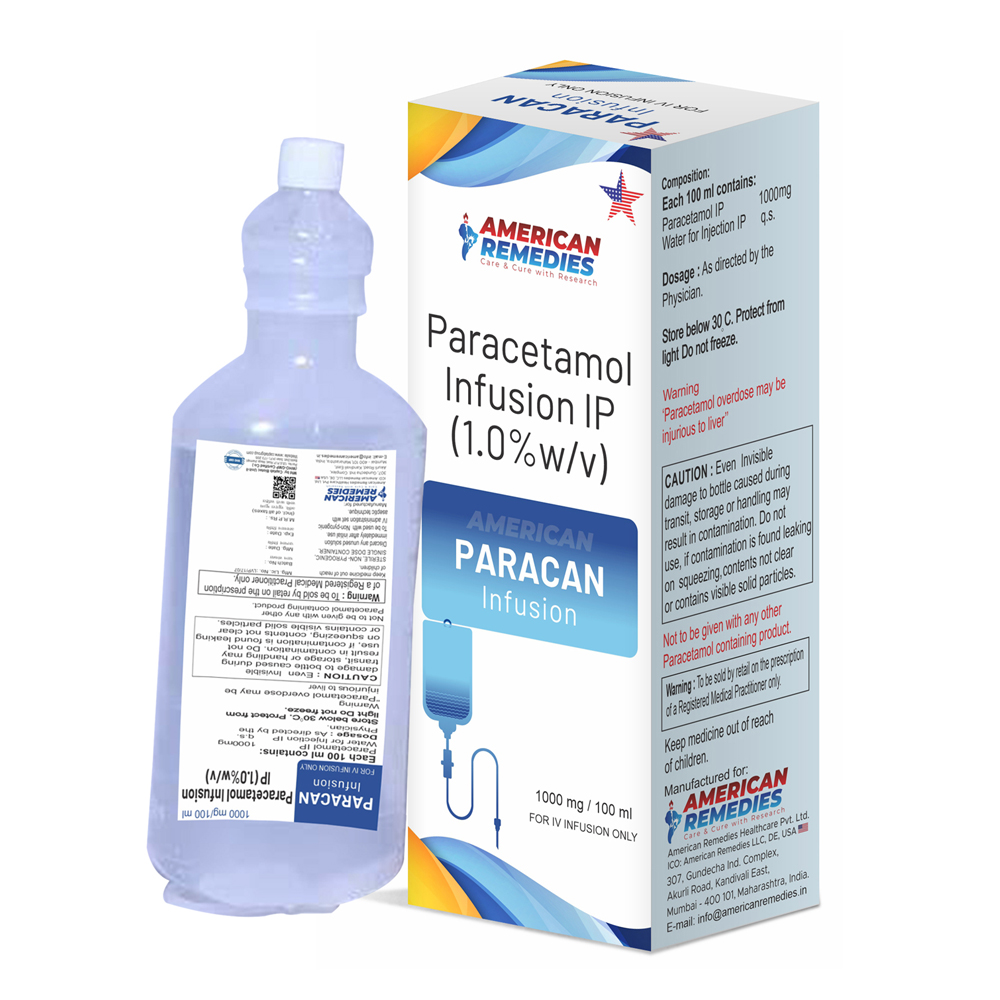Adenocan 6 Injection is a prescription medication primarily used in the management of certain heart conditions. ________________________________________ 🩺 Uses of Adenocan 6 Injection 1. Treatment of Paroxysmal Supraventricular Tachycardia (PSVT) Adenocan 6 Injection is utilized to convert PSVT to normal sinus rhythm. PSVT is a condition characterized by episodes of rapid heart rate originating above the heart's ventricles. The injection works by slowing down the electrical conduction in the heart, thereby restoring a normal rhythm. 2. Diagnostic Aid in Cardiac Stress Testing The injection is also employed during pharmacologic stress tests, particularly in patients who are unable to exercise adequately. It helps in assessing coronary artery disease by dilating the coronary arteries and increasing blood flow to the heart muscle. ________________________________________ ⚠️ Side Effects Common side effects may include: • Flushing • Headache • Chest pain • Dizziness • Nausea These effects are typically transient. However, if they persist or worsen, it's advisable to consult a healthcare professional. ________________________________________ 💊 Administration Adenocan 6 Injection is administered intravenously by a qualified healthcare provider. The dosage and duration of administration are determined based on the individual's medical condition and response to treatment. ⚠️ Precautions Before receiving Adenocan 6 Injection, inform your doctor if you have: • Asthma or respiratory issues • A history of seizures • Heart problems, including low blood pressure • Allergies to any medications • Are pregnant, planning to become pregnant, or breastfeeding It's crucial to discuss your complete medical history with your healthcare provider to ensure safe administration.
Send Message